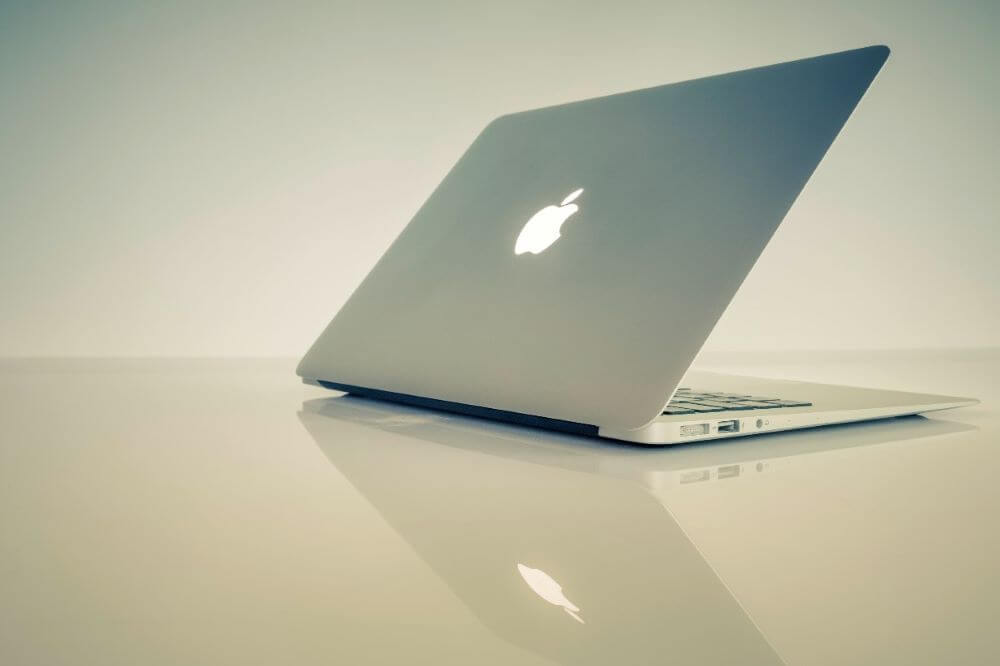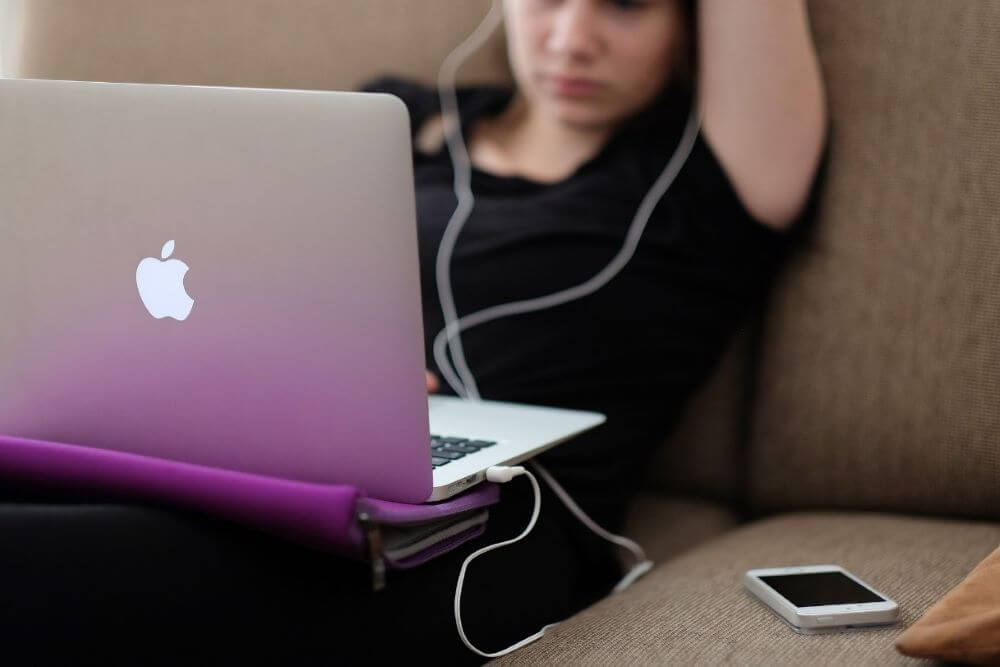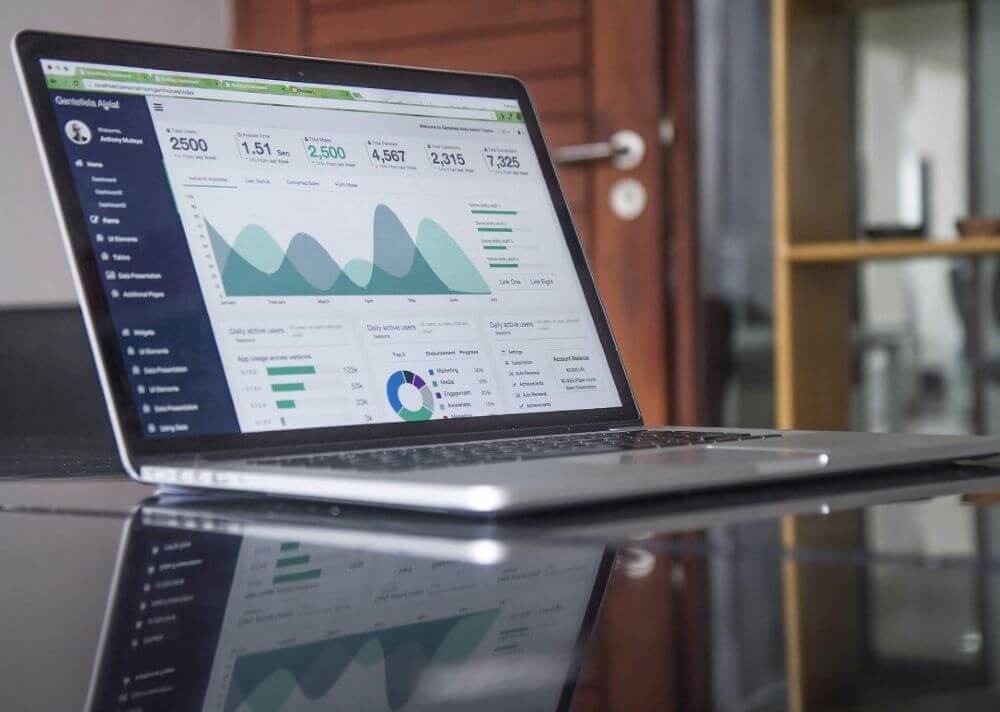A Complete Review of Macbook Air 2019
Review of Macbook Air 2019
ALL TOPICS
- YouTube Parental Control
-
- How to see your YouTube history?
- What is Metaverse? Parent Guide
- Put parental controls on YouTube
- Delete TikTok Account without Phone Number
- Ways to block YouTube channels
- Ways to Get Somone's IP Address and Hide IP Address
- A complete guide on YouTube parental control
- What is Fanfiction? Parents Guide
- Kids safe YouTube alternative
- Top 5 TikTok Alternatives
- Methods to restrict YouTube adult content
- Social Media App Parental Controls
- Parental Control Tips
Sep 11, 2024 Filed to: Desktop Parental Control Proven solutions
If you've ever wanted to purchase a MacBook, then perhaps you should wait and hear me out before heading into an Apple store. Read on my complete MacBook air 2019 review and then make your decision.
The History of Macbook
The MacBook and the MacBook Air have a fascinating history. Released in 2008 by Apple, during the laptop's height, also known as the notebook era, The MacBook started as a vastly different notebook that differed from all the other notebooks at the time. The MacBook was released with a unique design that made it skinnier and less thick, making it comfortable to carry, lighter to hold, and more practical to store.
However, these design choices came at a cost. For instance, the disc drive was removed along with much of the hardware to liberate space and make the machine smaller. Of course, Apple tried to compensate for this problem by selling a remote disk reader that can be connected to the machine for $80. Unfortunately, this did not help the consumers who saw it as an additional rip off from Apple, and the fact that the MacBook cost $1800 made it more expensive than its competitors.

Because of this, it should come as no surprise during the late 2000s, MacBook was the most dominant notebook on the market until Apple's other product, the iPad, caused its complete downfall on the market. It’s no wonder that Apple, now free of its competitors' grasp, needed a new product line to re-dominate the notebook market. This is why (alongside the release Of the MacBook Pro) came the release of MacBook Air. An even lighter version of the original MacBook. This device managed to dominate the hearts of its customers through its savings on storage space.
The MacBook Air created a fancier and more practical alternative to the MacBook Pro. Making it easier to carry and store at the expense if its functions, for although it was less thick than his predecessor, it had to sacrifice some of that storage space and hardware for its lightness and small size.

For years, these two primary notebooks were the choices for Apple customers. This brings us to the newest member of the MacBook Pro family. The 13-inch MacBook Pro was released for 2019. This beauty is a middle ground between the MacBook Pro and a MacBook Air combining the signs and lightness of the MacBook Air while borrowing most of the MacBook Pro functions.
To be fair, the 1.4GHz processor in this entry-level model does manage to punch above its weight quite effectively, thanks to Intel's TurboBoost feature, which can reach 3.9GHz with a following wind. Admittedly, its single-core score of 4,870 in Geekbench 4 is only slightly higher than that of the less-expensive MacBook Air. However, multi-core performance surges ahead to 17,300, which is more than twice the MacBook Air's 7,906, and within spitting distance of the 18,580 scores delivered by the high-end 13-inch MacBook Pro. Graphics performance is respectable, too, achieving a score of 57fps with the Cinebench R15 GPU test, compared to 35.6fps for the MacBook Air. However, the more demanding Unigine Valley drops to only 11.5fps, so while the entry-level 13-inch MacBook Pro will be perfectly adequate for presentations that require some light photo- or video-editing work, it's clearly not suitable for workstation duties.

One surprise comes in the form of improved battery life, with iFixit apparently revealing a larger battery in this updated machine. This extends battery life by half an hour over last year's model, delivering 9 hours and 45 minutes of full-screen streaming video via the BBC iPlayer. This isn't a particularly radical revamp. The updated 2019 model simply adopts the Touch Bar that the rest of the MacBook Pro range has been using since 2016, along with more recent additions, such as the Touch ID sensor and Apple's T2 security chip.
A Review of Macbook Air 2019
MacBook Air 2019 has the same dimensions as the high-end 13-inch MacBook Pro released in 2018, measuring just 14.9mm thick, 304mm wide, and 212mm deep, and with a weight of 1.37kg (compared to 1.25kg for the MacBook Air). The 13.3-inch Retina display has the same 2,560-by-1,600 resolution (227dpi) as before, but (like all of Apple's current laptops) now includes the True Tone feature that automatically adjusts the color balance to match changes in ambient lighting. More importantly, this update brings the entry-level 13-inch MacBook Pro more up to date with an 8th generation, quad-core Core i5 processor rather than the dual-core processor used in its predecessor. However, the modest 1.4GHz clock speed and Iris Plus 645 integrated graphics leave a considerable stretch of clear blue water between this model and the rest of the MacBook Pro range.

One quite visible difference setting it apart is that this entry-level model only has two Thunderbolt 3/USB-C ports, rather than the four ports found on all other MacBook Pro models. Apple has changed the MacBook Air's keyboard slightly, but it is still the same familiar Butterfly keyboard with its very precise but very shallow key travel. Apple has replaced the keyboard for the new MacBook Pro 16, and there are also hints that the upcoming MacBook Pro 13 will get the new input. However, the chassis height is more important for the MacBook Air, so we are unsure if the upcoming model will get the new keyboard.
Right now, the MacBook Air is also the last notebook from Apple with physical function keys. The display is one of the few components with new features for the 2019 model. After the 2018 MacBook Air initially had problems to reach the advertised luminance of 400 Nits, Apple later offered a software update to improve the situation a bit. This is not a problem anymore, and our test unit is brighter than 400 Nits at some of the measuring points (393 Nits on average). Thanks to the high resolution, you get sharp images, and the overall picture impression is subjectively excellent.

The real new feature is the True Tone support, so the MacBook Air can automatically adjust the color temperature based on the environment. This is a nice feature, and you will get used to it pretty quickly. However, you should deactivate True Tone if you need accurate colors (such as picture editing). Despite the True Tone support, the display is still not identical to the 13-inch MacBook Pro, which supports the larger P3 color gamut, while the MacBook Air is targeting the smaller RGB standard.
So the device is not without its flaws. It suffers from the same mistakes as its predecessors. The camera is of low quality, making it somewhat uncompetitive with other built-in cameras on the market; the Touch Bar would freeze every once in a while. The keyboard can be rendered useless if anything gets stuck in them. The same thing goes for the MacBook Pro.
Final Thought of the Author
However, these mistakes are nothing new at Apple. How to speak from a personal perspective, I never liked the idea of the middle ground. If I want a small cozy little laptop on which I could work, I'll purchase a MacBook Air. If I want a professional notebook with limitless applications and software quality, I would much rather buy a PC, but since I have to choose between the three, I would much rather spend my money on a 16 inch MacBook Pro. As for the price, both machines range from $1000-$1500. Making it ideal for the notebook market. In conclusion, I would recommend purchasing a Macbook Air for those who wish to use it for office work and presentations as students or as ordinary office workers for the professional developers, code writers, and perhaps influencers. I would recommend trying out the 16-inch MacBook Pro.
FamiSafe - the Best Parental Control App for Mac
FamiSafe now supports parental control on Mac and Windows devices! If you are planning to get your kids a Macbook Air, you may consider getting FamiSafe on their Mac to protect them from possible online dangers and other threats.
Features of FamiSafe:
- Multi-platform supported: FamiSafe now supports Android, iOS, Fire OS, Windows, and Mac devices. Parents can use one FamiSafe account to manage different devices at one time.
- Activity Report: View the kid's Macbook usage in timeline form to better understanding kid's digital usage habit.
- Website content tracking and filtering: Record browser history and block inappropriate websites with FamiSafe easily.
- Screen Time Restriction: Get to know how much time has been spent on the Mac and block the device remotely. You can also set up a screen time limit to restrict Mac usage.
- Location Tracking & Geo-fencing
- App Blocker
- Web Filtering
- Screen Time Control
- Smart Parental Control Setting

Joanne Croft
staff Editor